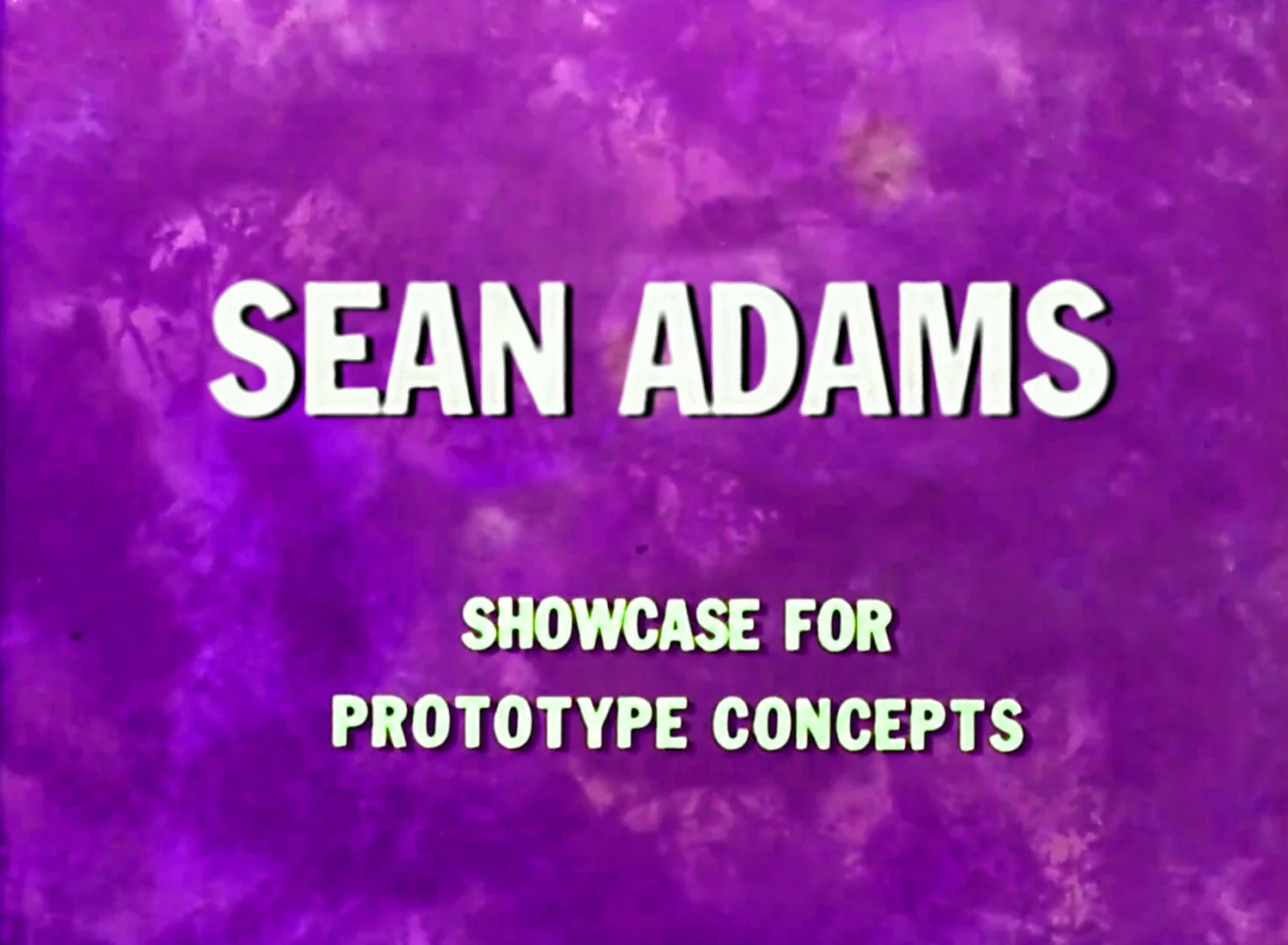The Most Important Thing To Know
Herbert and Irene Bayer, 1928
I love when someone stops me on the street or at a conference and tells me he or she watches my History of Graphic Design course on Lynda.com. I especially enjoy hearing that it is used in classrooms. How can anyone be a great designer in a vacuum? If I were trying to be the best writer I'd read Dickens, Twain, and Kerouac. How could not knowing about the Arts and Crafts movement, American Post-War Modernism, or Paul Rand be helpful. After the history course launched, we saw the need for deep dives into some of the subjects. Today the Foundations of Graphic Design History: The Bauhaus was released.
You may be asking, why should I care about a college in Germany in the 1920s? What does that have to do with me? And I would tell you, the Bauhaus was the flashpoint of the beginning of what we consider modern design today. Its revolutionary concepts radically changed how we design, what we consider to be valuable aesthetically, and what the public expects from all the design fields.
The world then sounds eerily like our own, albeit it was Germany in the teens: The world has been fighting a war on many fronts for years, the economy faced its worst recession in decades, all creative fields and the way we do business changed with radical new technologies, and a charged political ideaology was beginning.
The Bauhaus was founded as a reaction to these issues. How they responded and the challenges the students and faculty faced changed all of 20th century design. There is very little in our life that isn’t influenced by its philosophy of form following function, simplicity, truth in materials, and quality. The idea that design can make life better for others is an idea from the Bauhaus.
On the selfish side, I was excited to be able to dig into this period again. Of course, in addition to the importance of theory, artifacts, technology, and economics, there were many personal stories. And how can you go wrong with avant-garde designers sunbathing nude, making new things, and shocking the local population. How can something be dull if Nazis are marching in and arresting these designers? Unfortunately, my choice of title, "Sex, Art, and Nazis," was changed to a more precise title.

















